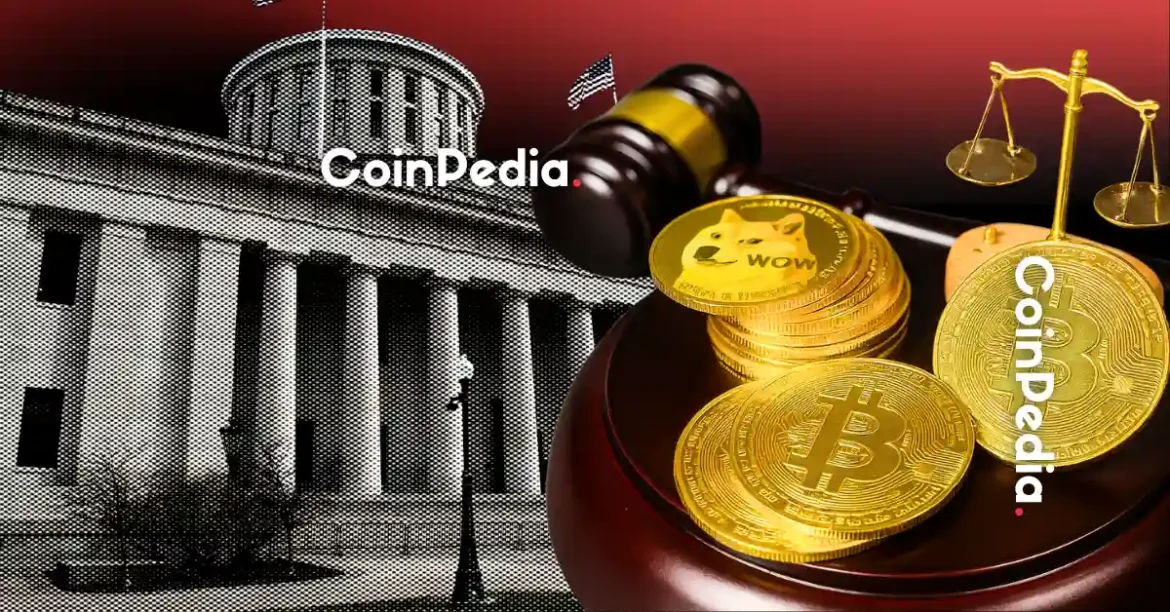The U.S. Senate is intensifying its efforts to bring much-needed clarity to the crypto market, with Senator Tim Scott, chair of the Senate Banking Committee, aiming to finalize and potentially pass major crypto market structure legislation by September 30. This deadline is the result of years of debate, regulatory uncertainty, bipartisan negotiations, and industry lobbying. As the summer progresses, the digital asset space is closely watching Washington, D.C., for developments.
The Urgency Behind the September Timeline
The current state of U.S. crypto regulation is fragmented, with federal agencies like the Securities and Exchange Commission (SEC) and the Commodity Futures Trading Commission (CFTC) locked in jurisdictional disputes. The lack of clear rules has led to capital flight, market instability, and consumer losses, creating an urgent need for legislative action. The September deadline follows months of delays, partly due to partisan disagreements and the rapid evolution of the crypto industry, particularly the rise of stablecoins. With the White House, Senate leadership, and key senators now aligned on the urgency, lawmakers are focusing on the next three months to make progress.
Stablecoin Oversight: A Key Priority
Stablecoins, cryptocurrencies pegged to stable assets like the U.S. dollar, have grown into a $250 billion market. Their increasing use in payments, remittances, and trading has raised concerns about financial risk, consumer protection, and money laundering. The recently passed “GENIUS Act” (Guiding and Establishing National Innovation for U.S. Stablecoins) is the first significant federal regulatory framework for these assets. The legislation aims to:
– Establish licensing requirements for stablecoin issuers, including both banks and non-banks.
– Ensure that stablecoins are fully backed by U.S. dollars or equivalent assets.
– Mandate strict disclosures and regular audits.
– Clarify the roles of federal and state regulators.
The GENIUS Act represents a bipartisan effort to balance innovation with safety, providing much-needed boundaries for a sector that has largely operated without clear rules.
Crypto Market Structure: Defining the Rules of the Game
Beyond stablecoins, the Senate is also working on a broader “crypto market structure” bill. This legislation would address critical issues such as:
– Defining which digital assets are securities (regulated by the SEC) versus commodities (regulated by the CFTC).
– Setting rules for crypto exchanges, including interoperability standards.
– Establishing custody, anti-money laundering, and investor protection standards.
The outcome of this legislation will have far-reaching implications, influencing where crypto companies choose to operate, the security of consumer funds, and the U.S.’s competitiveness in the global blockchain industry.
Bipartisan Cooperation and Challenges
While Republicans and Democrats broadly agree on the need for consumer safeguards and clear regulatory obligations, they differ on key issues such as federal versus state oversight, disclosure requirements, privacy, and the role of banks. Recent drafts and committee discussions suggest that lawmakers are working toward practical compromises. For example, the GENIUS Act treats banks and non-banks equally as potential stablecoin issuers but imposes different regulatory reporting and capital requirements. Similarly, the market structure bill aims to clarify existing laws rather than overhaul the regulatory framework, which may help secure bipartisan support.
Industry Reaction and Lobbying Efforts
The crypto industry has cautiously welcomed the Senate’s efforts, with trade groups advocating for flexible rules that do not stifle innovation. Major firms support the need for national clarity, fearing that continued regulatory uncertainty could drive jobs, capital, and innovation overseas. However, smaller operators are concerned that compliance costs could be prohibitive. Investor sentiment is mixed, with clear rules potentially boosting mainstream adoption but stricter regulations possibly constraining speculative activities.
The Road Ahead: Key Steps Before September 30
As the September deadline approaches, the next few months will see:
– Committee markups and potential amendments in the Senate.
– Deliberations and reconciliation between Senate and House versions of the bills.
– Coordination with the White House and federal agencies, particularly on enforcement.
– Intense lobbying from industry groups and consumer advocates.
While lawmakers are moving with urgency, potential hurdles remain, including jurisdictional disputes between the SEC and CFTC, resistance from states with their own crypto frameworks, and the need to balance innovation with consumer protection. Additionally, implementation timelines could delay tangible changes until 2025 or beyond.
A Broader Signal: The U.S.’s Stance on Crypto
The push for crypto legislation is not just about establishing rules—it reflects the U.S.’s willingness to embrace new technologies while managing risks. Other jurisdictions, such as the European Union with its Markets in Crypto-Assets (MiCA) regulation, have already implemented comprehensive crypto frameworks. The U.S. risks falling behind if it does not act decisively. At the same time, recent scandals in the crypto industry have highlighted the need for stronger consumer protections. The legislative effort aims to combine lessons learned with a forward-looking approach that does not stifle innovation.
Conclusion: A Pivotal Moment for U.S. Crypto Policy
September 30 marks a critical turning point in U.S. digital asset regulation. For years, lawmakers allowed regulators to navigate a fragmented landscape while entrepreneurs, investors, and consumers faced uncertainty. This era is coming to an end. The progress made so far, including bipartisan cooperation on the GENIUS Act and serious discussions on market structure, suggests that lawmakers may finally be ready to define the rules that will shape the U.S. crypto landscape for years to come. While challenges remain, the next 90 days in Washington could determine not only the future of American crypto markets but also the global evolution of digital finance.





